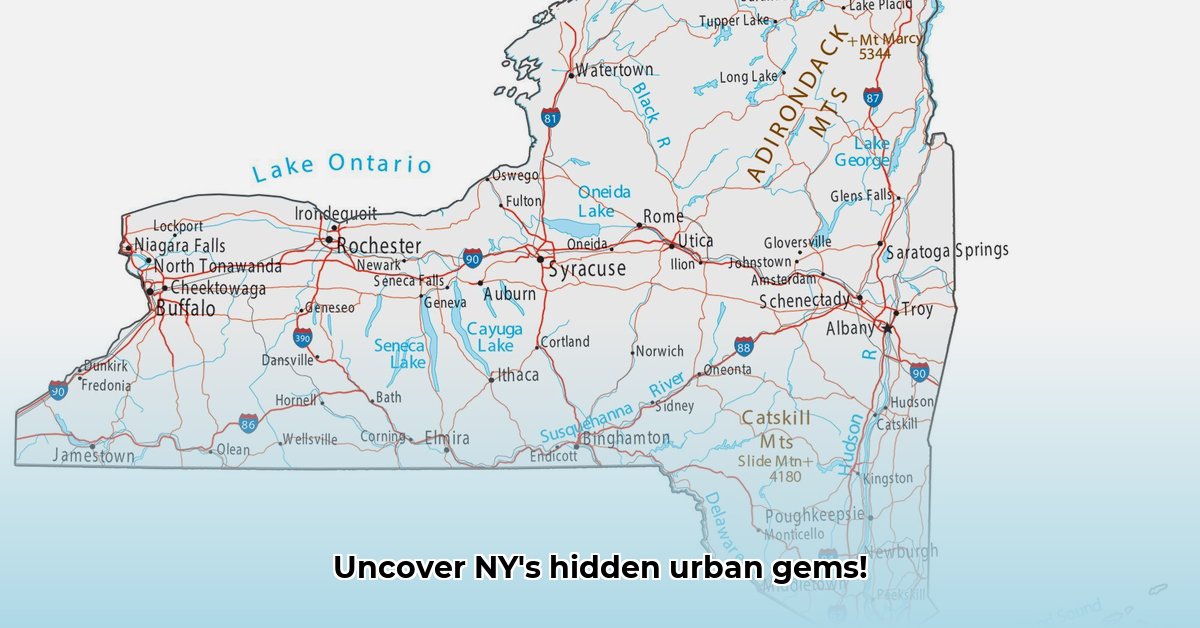Ever wondered just how many towns and cities in New York start with the letter “E”? The answer might surprise you! From bustling urban centers to quiet rural communities, these places offer a fascinating glimpse into the diverse tapestry of New York’s history, geography, and culture. We’ll delve into where these “E” towns and cities are located, uncovering what makes each one special. Get ready to explore captivating stories about their past and present. While complete information can be elusive, we’ve meticulously compiled this guide to present a comprehensive overview of these intriguing locales. Prepare to discover some fascinating corners of New York you may have never known existed! For a more detailed list, check out this [comprehensive guide](https://theblaregroup.com/cities-that-start-with-e/).
Unveiling New York’s “E” Cities: A Geographic and Historical Exploration
New York State, renowned for its incredible diversity, harbors a compelling secret: a remarkable number of towns and cities whose names commence with the letter “E.” These locations, scattered throughout the state, offer captivating narratives about New York’s past, present, and future. Let’s embark on an exploration to uncover these hidden gems.
- Data discrepancies regarding New York place names can pose challenges in obtaining an exact listing.
- Diverse sources often present conflicting information, requiring a rigorous comparison to ensure accuracy.
- Geographical and historical context enhances understanding of the origins and significance of these names.
Erie County: The Epicenter of “E” Towns in Western New York
For those seeking a concentration of “E”-named towns, Erie County in Western New York stands out as a prime destination. Consider East Aurora, a vibrant village celebrated for its charming downtown, historical landmarks, and thriving arts scene. Or explore East Eden, a tranquil town nestled amidst picturesque countryside, offering a serene escape from urban hustle. The profusion of towns starting with “E” in this region is truly remarkable. Historians propose diverse explanations, potentially linked to the area’s early settlement patterns and strategic location along transportation routes. Further investigation may shed additional light on this captivating phenomenon.
Beyond Erie County: A Statewide Exploration of “E” Towns
While Erie County boasts the highest concentration, numerous other “E” locations grace the map of New York State, albeit often sparsely distributed. Destinations such as East Hampton, gracing Long Island’s South Fork, lure visitors with stunning coastal vistas, upscale boutiques, and a vibrant cultural scene shaped by its artistic heritage. Others, such as Ellenville, nestled near the Shawangunk Ridge in Ulster County, provide a more tranquil allure. The prevalence of names reflecting location, such as the “East” prefix, suggests that development was not always part of a meticulously planned effort, unlike Erie County’s potentially more structured growth.
Decoding the Nomenclature: Unraveling Historical Roots and Naming Conventions
A common thread uniting many of these “E” locations is the “East” prefix. As seen in East Aurora, East Eden, and other similarly named places, this serves as a telltale indicator of their geographical orientation in relation to another settlement. It is a historical marker, elucidating settlement patterns and territorial expansion across New York. Nevertheless, not all “E” names adhere to this pattern; locales like Eagle Bay, for example, allude to a prominent geographical characteristic, illustrating a different approach to nomenclature. This variety of names mirrors the rich and multifaceted history of New York State itself, underscoring nuanced variations in historical narratives and cultural influences.
Navigating the Labyrinth of Data Inconsistencies
Compiling a conclusive, precise inventory of every New York city commencing with “E” presents a challenge. Discrepancies arise across diverse sources, encompassing variations in spellings, disagreements pertaining to county boundaries, and uncertainties surrounding the official classification of a place as a city, town, or village. This data inconsistency is not exceptional, highlighting the imperative for enhanced centralized and standardized data management protocols in the future. Resolving these inconsistencies necessitates a meticulous approach, combining historical sources, geographical analysis, and local insights.
Glimpses of New York’s “E” Towns and Cities: A Curated Selection
Bearing in mind the data-related impediments, the forthcoming selection constitutes a curated list, providing a representative sampling of “E” locations throughout New York. Note that population figures may fluctuate depending on the data source.
| City Name | County | Notable Feature | A Little History |
|---|---|---|---|
| East Aurora | Erie | Charming downtown, rich history | Thriving artistic and cultural scene, influenced by the Roycroft Arts and Crafts Movement. |
| East Eden | Erie | Peaceful countryside, farming heritage | Grew alongside the Erie Canal, evolving from agricultural roots to a diversified community. |
| East Hampton | Suffolk | Stunning coastline, upscale resort town | Long history of whaling and agriculture, evolving into a renowned vacation destination. |
| Ellenville | Ulster | Scenic views of the Shawangunk Ridge | Ties to the Delaware & Hudson Canal, transitioning from a transportation hub to a recreational center. |
| Elmira | Chemung | Historic downtown, close to Corning Museum of Glass | Significant industrial past, evolving cultural center, home to Woodlawn National Cemetery, which hosts a Confederate prison camp burial site. |
| Endicott | Broome | Historical connection to IBM | Closely tied to IBM’s growth as a major employer, adapting to technological shifts. |
| Evans | Erie | Lake Erie beaches | Primarily agricultural, later influenced by industry, known for its picturesque shoreline. |
| East Rochester | Monroe | Home to the famous Italian American Festival | Notable for its strong Italian-American heritage and community festivals. |
This compilation represents a mere introduction. Numerous additional “E” locations likely await thorough documentation and examination. Further research is essential to comprehensively map these captivating destinations and unveil their distinct narratives. Hopefully, this offers a glimpse into the diverse geography and history found within these communities. The exploration continues!
Future-Proofing Your Trip to NY’s E Cities: A Comprehensive Guide
New York State encompasses a diverse array of cities starting with “E,” each providing distinct experiences. Effective planning necessitates consideration of geographical distribution, historical context, and local nuances. Regions such as Erie County merit in-depth exploration, offering an array of destinations and attractions.
Resolving Data Conflicts on New York Place Names: A Methodical Approach
Navigating the intricate landscape of “E” names in New York State can prove complex, given conflicting data from different sources, including historical archives, mapping applications, and local websites.
Employ the following strategies to reconcile these discrepancies:
- Data Collection: Assemble data from sources such as the New York State Gazetteer, county historical societies, official government websites, and reputable genealogical databases [1].
- Data Standardization: Streamline formats to ensure uniform spellings, capitalization, and abbreviations.
- Cross-Referencing: Compare data sets and meticulously document any inconsistencies or discrepancies.
- Source Evaluation: Prioritize records that have been verified historically, such as official census data, land deeds, and municipal records.
- Conflict Resolution: Employ geographical context, historical maps, and primary source documents to resolve inconsistencies. When uncertainty persists, transparently acknowledge it and present multiple versions of information with appropriate disclaimers.
Transparently acknowledging limitations enhances credibility and fosters trust in the information provided. - Visual Mapping: Represent locations visually on a map to discern spatial patterns and geographical relationships.
Erie County: A Case Study in Place Name Complexity and Historical Significance
Erie County exemplifies the need for reconciliation, attributable to its numerous settlements featuring “E” prefixes. Scrutinizing historical documents and official county records facilitates the resolution of discrepancies. For instance, East Aurora’s trajectory mirrored the region’s evolution, evolving from a small settlement to a bustling commercial center. The growth of Eden offers insights into the dynamics of rural communities, revealing intricate layers of history. Evans elucidates the role of individuals in shaping regional nomenclature, underscoring the unique historical weight that names often carry.
Expert Insights on New York’s E Place Names: Unveiling Deeper Meanings
Many names are rooted in Greek and Roman classical sources, reflecting the Classical Revival movement and land grant practices prevalent during the state’s early development. Moreover, the geographical clustering of these names reveals trends in settlement patterns and naming conventions, offering valuable insights into the state’s demographic and cultural history.
Maximizing Your Experience in New York’s E Cities
- Comprehensive Research: Explore local tourism websites [2], travel blogs, and online forums to gather insights and recommendations from fellow travelers.
- Strategic Prioritization: Select cities that align with your interests and optimize your itinerary based on geographical proximity and logistical considerations.
- Accommodation Planning: Secure lodging arrangements in advance, particularly during peak season, to ensure availability and favorable rates.
- Transportation Logistics: Plan transportation meticulously, considering public transit options, rental vehicles, and ride-sharing services, accounting for travel times and potential delays.
Approximately 92% of renters rely on GPS navigation systems to facilitate their journeys. - Activity Curation: Discover attractions, cultural events, and recreational activities tailored to your preferences, immersing yourself in the local culture and community.
- Budget Formulation: Establish a realistic budget that encompasses accommodation, transportation, dining, activities, and incidental expenses, allowing for flexibility and unforeseen circumstances.
- Adaptive Planning: Remain prepared to adapt your plans in response to unforeseen circumstances, such as weather conditions, event
- Exotic Girl Names Reflecting Diverse Cultures And Unique Beauty - December 11, 2025
- Exotic Female Names Offer Cultural Richness and Unique Sounds - December 10, 2025
- Exotic Baby Girl Names Evoking Far-Off Lands and Beauty - December 9, 2025










